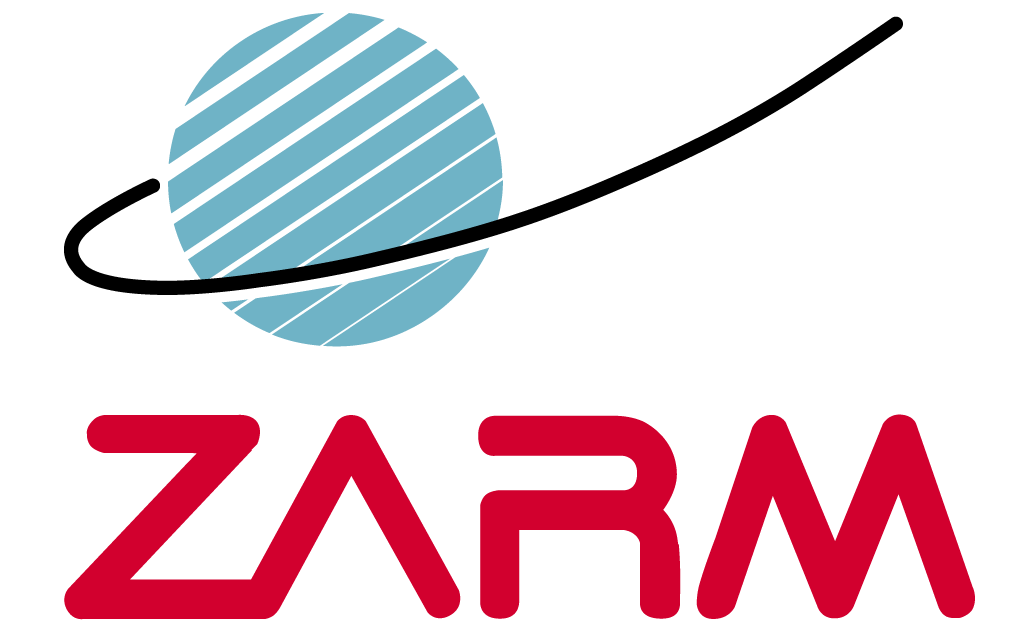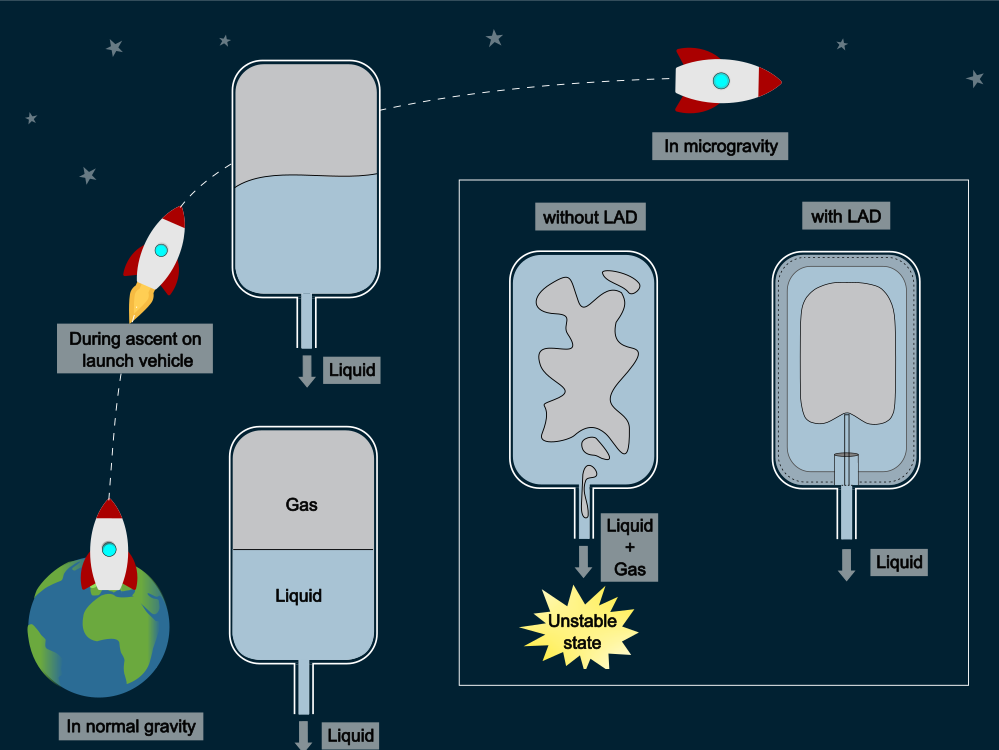ZARM Talk: Phase Separation and Liquid Removal under Reduced Gravity
Propellant depots are a prerequisite for deep space exploration. In her talk on the 06th November, Prithvi Shukla will discuss the challenges of refueling in low gravity – like phase separation.
ZARM Talk by Prithvi Shukla
from ZARM, University of Bremen
- Date: 6 November 2025
- Time: 14:00
- Location: ZARM, room 1730
The ability to explore deep space is currently limited by the propellant carrying capability of launch vehicles. This limitation presents a major hurdle for sending humans beyond the Moon. A propellant depot is a possible solution, offering a long-term, sustainable infrastructure to support deep space exploration. However, the refueling of liquid propellants in low gravity requires significant technical advancement, specifically in phase separation and fluid handling capabilities.
In normal gravity conditions, phase separation between liquid and vapor is based on fluid density: the heavier fluid settles while the lighter fluid stays on top. In microgravity (low Bond number cases), however, surface tension becomes the dominant controlling force. The liquid phase tends to adhere to the container walls, and the vapor phase occupies the container's center. The ability to manage fluid and achieve phase separation is crucial for many essential processes in a low-gravity environment, including life support systems, propellant supply to engines at various flight stages, and, most critically, propellant depots. Among various possible liquid acquisition devices, screen channel liquid acquisition devices (SCLADs) are identified in the literature as the most reliable for long-term storage scenarios like propellant depots.
In this talk, the investigation of phase separation and liquid removal through a screen channel liquid acquisition device (SCLAD) is presented. The primary goal of this study was to examine the removal of gas-free liquid in reduced gravity and study the associated influencing factors which lead to failure, where gas bubbles get ingested into the outlet channel along with the liquid. A series of drop tower experiments and ground experiments were performed to see the effect of flow through screen pressure drop, bubble point breakthrough, and changes in the wetted-screen area under various operational conditions. The test liquid was HFE-7500, a storable similitude test fluid, under controlled isothermal conditions.





